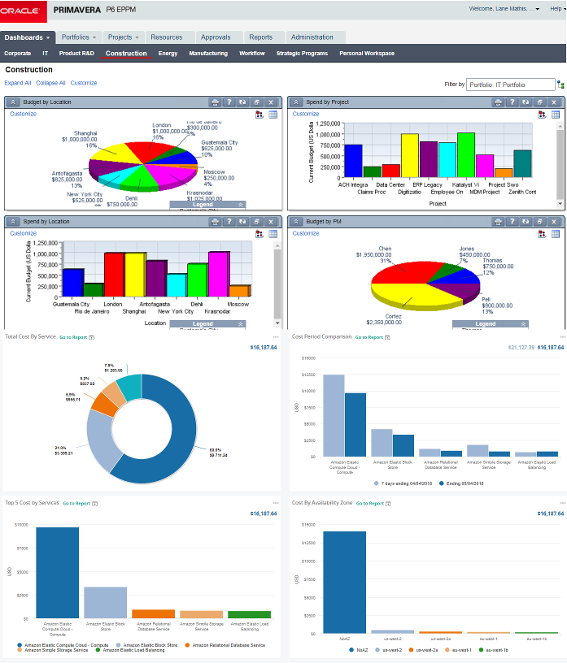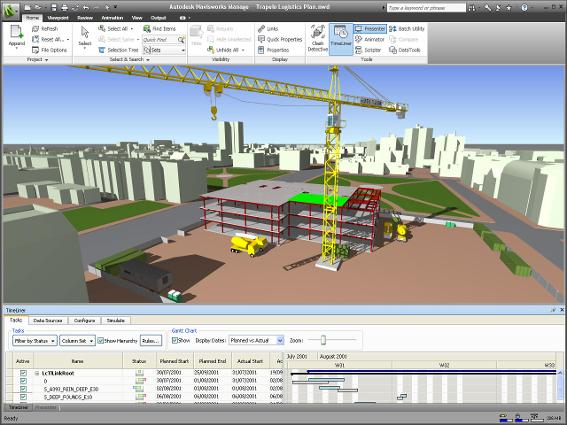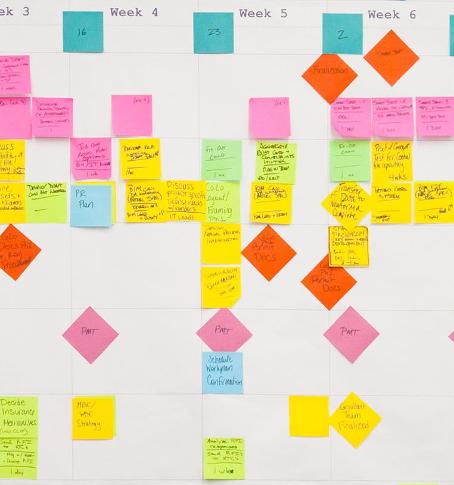OUR SERVICES
BASELINE SCHEDULE (CPM SCheduling):
Schedule development flows from the selection of an appropriate scheduling method followed by selection and use of a scheduling tool. We use critical path method (CPM) and Primavera P6 & Microsoft Project as scheduling tool.

Schedule Update & Maintenance:
The process of monitoring the status of project activities to update project progress and manage changes to the schedule baseline to achieve the plan. It provides the means to recognize deviation from the plan and take corrective and preventive actions and thus minimize risk.
We update the master schedule according to actual performance data and reanalyze the remaining work to determine the project status. Also, compare the newly updated schedule with appropriate stored baseline to resolve any deviation and issue. At this stage scheduling team uses different methods and techniques for control schedule and schedule analysis which are not limited to:
-
Schedule Compression Methods (Crashing & Fast Tracking)
-
What-If Scenario Analysis
-
Performance Reviews (Variance/Trend Analysis, Comparison Analysis, EVM)
-
Critical Path analysis
-
Resource Optimization
-
Total float/Free float Analysis
-
Schedule risk
-
Constraints refinement
-
Manage Out of Sequence Logic/Open-ended activities
-
Review & Correction of Relationship Types/Level of Effort/Leads/Lags


Time Impact Analysis:
Change is inevitable in project. Time impact analysis is a technique that we use to assess and quantify the effects of an unplanned event, namely a change which increases/decrease the scope and also to evaluate potential impacts to the schedule for acceleration or delay.
Cost & Resource Management(EVM):
It is primarily concerned with the cost of the resources needed to complete project activities and effect of project decisions on the subsequent recurring cost of using, maintaining, and supporting the product, service, or result of the project.
The cost management effort occurs early in project planning and sets the framework for each of the cost management processes so that performance of the processes will be efficient and coordinated.
We use Primavera P6 for Cost Loading schedule based on project budget. This allows us to create the cost curve for the project and for each trade. Also, it helps us with performance measurement and utilizing earn value management for better tracking and analyzing schedule and taking appropriate preventive and corrective actions.
The cost loaded/resource loaded provides a consistent approach to cost forecasting. The projections generate monthly based on schedule considering the earned to date and to complete cost. It a great tool for company to forecast the revenue for next periods at enterprise level and make strategic decisions.


BIM 4D Scheduling:
4D adds the time factor of the construction schedule to the 3D model. We can directly link each activity of a Gantt chart (generated in project management software such as Primavera or Microsoft Project) to the BIM. These animated models represent the planned construction sequence set against time.
LEAN SCHEDULING:
We utilizes different lean scheduling techniques and methods to manage and control project schedules by focusing on continuously improving the process. As examples:
Two weeks look-ahead: The purpose of the two week look-ahead schedule is to plan labor activities and goals for the next two weeks. Master schedule is the base of 2 week schedule and the Superintendent starts with adding tasks from master schedule and then break this task down underneath with shorter duration.
Pull Planning: to create the plan by identifying co-locating the right people that will provide their feedback. Usually, they are project team and subcontractors.

© Copyright Construction Consultants of New Jersey